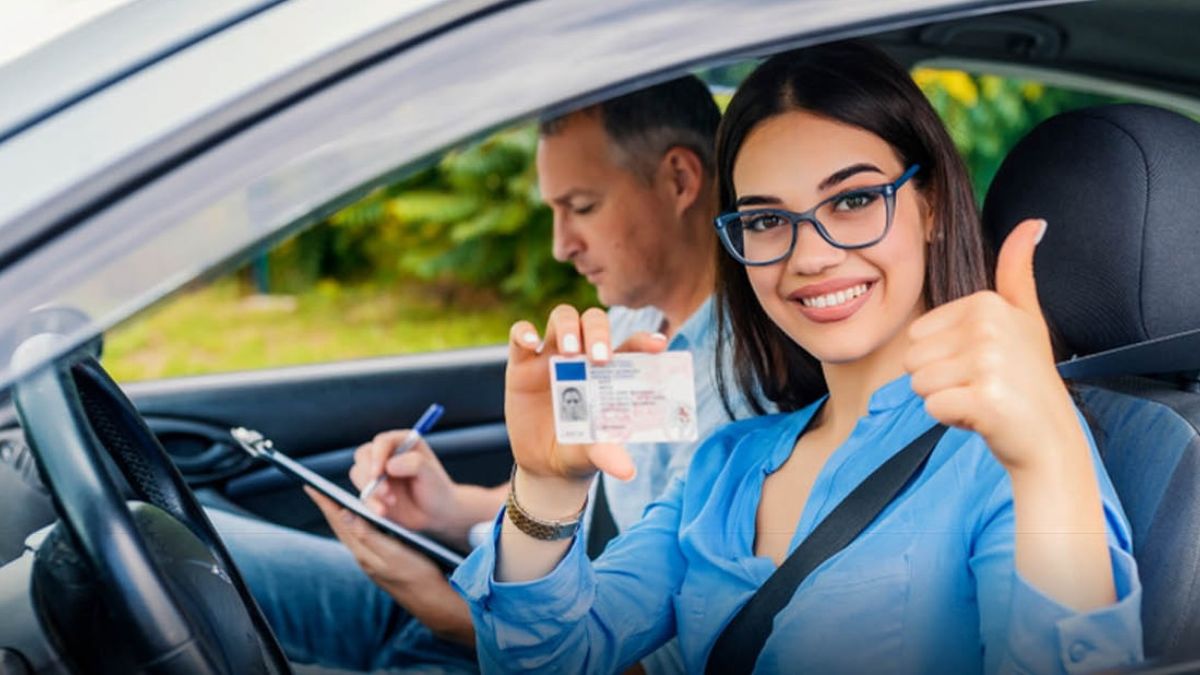Ohio has revised its driver’s license rules for individuals aged 21 and under, significantly changing the path to obtaining a license. These changes, part of Governor Mike DeWine’s newly signed two-year budget, aim to improve road safety through mandatory training and supervised practice.
Under the updated regulations, all new drivers aged 16 to 21 must complete a full driver’s education course and 50 hours of supervised driving before qualifying for a license. This policy eliminates a previous exemption that allowed individuals aged 18 to 21 to bypass these requirements.
Mandatory Training Now Covers Ages 16 to 21
Before this legislation, only drivers under 18 were required to complete driver’s education and supervised practice. The updated law now extends these obligations up to age 21, a move prompted by crash data highlighting the risks faced by young adult drivers who had no formal training.
According to the Ohio Department of Public Safety, drivers between 18 and 21 have been disproportionately involved in road accidents compared to older, more experienced drivers. The state hopes that requiring formal training will reduce crash rates and improve overall road safety.
Age Group Comparison of Rules:
| Age Group | Old Rule | New Rule (2025) |
|---|---|---|
| Under 18 | Driver’s Ed + 50 practice hours | No change |
| 18–21 | No formal training required | Now must complete Ed + 50 practice hours |
| 21+ | No training required | No change |
Supervised Practice and Night Driving Log Required
The law also strengthens supervised practice requirements. All drivers aged 21 and under must now complete 50 hours of supervised driving, including 10 hours at night.
The practice must be carefully logged and signed by a licensed adult aged 21 or older. This log must be submitted before scheduling a road test.
Key requirements include:
- 50 total supervised driving hours.
- 10 of those hours at night.
- Supervisor must be a licensed adult (21+).
- Logs must be signed and submitted with the license application.
The goal is to ensure new drivers face different road conditions—such as heavy traffic, nighttime visibility, and challenging weather—under guidance before driving independently.
Schools to Excuse Absence for Driver Training
Although driver’s education is not being reinstated directly into school curricula, the law ensures that schools support students pursuing private training.
Under the new rules, schools must allow students to be excused for up to eight hours of private driving lessons. However, these absences cannot interfere with core academic subjects such as math or English.
Training-Related School Policy:
| Provision | Details |
|---|---|
| Excused Absence | Up to 8 hours permitted |
| Applies To | Students attending private driving classes |
| Restriction | Cannot miss core subjects like Math/English |
This adjustment is designed to make it easier for students to fulfill driver’s education requirements while balancing their school schedules.
Public and Expert Support for the New Rules
The changes have been met with strong support from road safety advocates, educators, and parents.
Driving instructor David Burke noted that many drivers between 18 and 21 previously obtained licenses without adequate training, contributing to higher accident risks. Parents such as Amy Hura welcomed the changes, emphasizing that modern roads—complete with roundabouts, complex exits, and congested traffic patterns—require a higher level of preparation.
Experts believe the uniform training requirement will create a more consistent standard of road readiness among all young drivers.
Implementation Effective from July 2025
The reforms became law in July 2025, when Ohio’s fiscal budget was signed. Driving schools are already adapting their courses to meet the expanded age requirements.
The Ohio Bureau of Motor Vehicles (BMV) encourages families to enroll early in approved driving courses and to maintain accurate logs of supervised practice. Officials warn that failure to complete requirements could delay road tests and license issuance.
By ensuring that every driver under 21 completes both classroom and practical training, the state expects to see a notable reduction in youth-related traffic accidents in the coming years.
Why These Reforms Are Important
Ohio joins a growing number of states tightening driver education rules as a response to alarming statistics about young drivers. Research consistently shows that new drivers are most likely to be involved in accidents during their first two years behind the wheel.
The reforms aim to:
- Provide hands-on driving experience under supervision.
- Reduce risky behavior through structured education.
- Ensure nighttime and challenging condition practice.
- Equip young drivers with skills for increasingly complex traffic systems.
FAQs
Q1. Who must now complete driver’s education in Ohio?
All new drivers aged 16 to 21 must complete a driver’s education course and log 50 supervised practice hours.
Q2. How many hours of supervised driving are required?
A total of 50 hours, including 10 nighttime hours, logged and signed by a licensed adult supervisor aged 21 or older.
Q3. Will schools allow time off for driver training?
Yes. Schools must permit up to eight hours of absence for private driving lessons, but students cannot miss core academic classes.
Q4. When do the new rules take effect?
The reforms are effective from July 2025, as part of Ohio’s two-year fiscal budget.
Q5. Why were the rules expanded to cover drivers up to age 21?
Data from the Ohio Department of Public Safety showed higher crash rates among 18–21-year-olds who previously skipped formal training, leading lawmakers to close the loophole.








